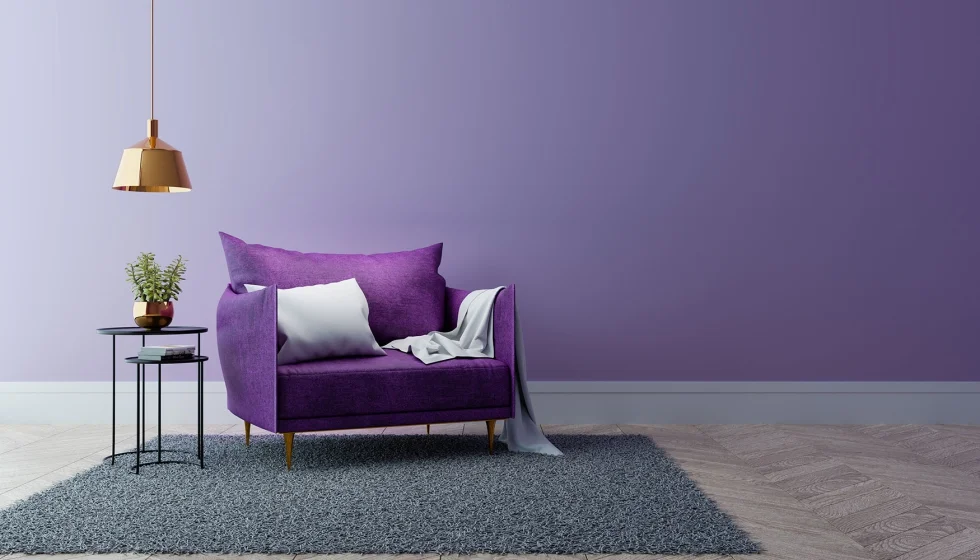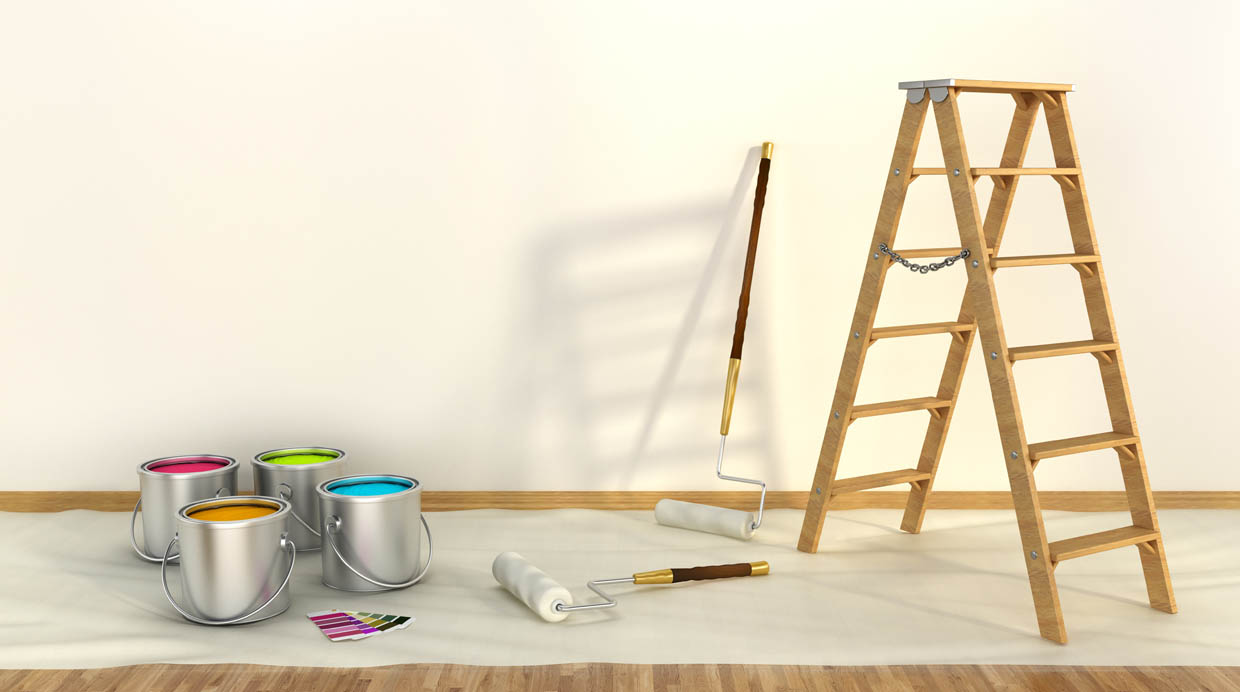Renovating your home is an exciting experience, and color choice is a key factor in creating a cozy and appealing ambiance. Colors have a significant impact on our emotions and moods, so being aware of current trends in interior colors can be essential for giving your living space a fresh and modern change.
Neutral and Natural Colors:
Neutral and natural tones continue to be a popular choice due to their versatility and ability to adapt to various styles and preferences. Light gray, for instance, has proven its timelessness by acting as a blank canvas, allowing other decorative elements to stand out. Earthy tones like beige or light brown bring warmth and a cozy atmosphere to spaces. Off-white is ideal for creating a fresh and luminous look, making rooms seem more spacious and filled with light. These neutral colors provide a solid base upon which other colors can be added in decorative details or furniture, allowing for a change in the space’s aesthetics without the need to repaint the walls.
Touches of Bold Colors:
Incorporating bold colors in interior design has been gaining ground, allowing for the creation of dynamic focal points in spaces. Deep tones such as navy blue or emerald green can add sophistication and character to a room. On the other hand, mustard yellow or terracotta can inject vitality and energy into a space that needs an extra stimulus. These bold colors are often used on accent walls or selected furniture, providing a pleasant contrast to the softer, more neutral tones, thus creating a balanced and stimulating atmosphere.
Pastel Colors and Soft Tones:
Pastel colors and soft tones have regained popularity for their ability to generate a sense of serenity and freshness in interiors. Soft pink, for example, is a charming choice for children’s rooms or feminine spaces, while sky blue and mint green can create relaxing environments in living rooms or reading areas. These soft colors work well as primary tones in a room or as accents that complement neutrals, providing a sense of calm and tranquility in the home.
Combining Contrasting Colors:
The combination of contrasting colors is a design strategy that can create a significant visual impact in a space. Complementary colors, like blue and orange when used in moderation, can add dynamism and vitality to a room. Similarly, analogous colors, such as green and yellow, can generate a sense of harmony and cohesion in a space. By playing with these contrasting combinations, you can achieve an interesting visual balance that stimulates the senses and adds character to interior decoration.
Warm Shades:
Warm shades like terracotta, rust, and warm beige are on the rise due to their ability to create a feeling of warmth and comfort in interiors. These colors can be especially effective in social areas such as living rooms, where there’s a desire to create a cozy environment for socializing and relaxation. Additionally, these warm tones can be combined with natural elements such as wood or soft textiles to create a cozy and appealing ambiance that invites well-being into the home.
To assist you in choosing colors, consider these practical tips:
- Consider Lighting: Lighting plays a crucial role in how colors are perceived in a space. Paint shades can vary drastically based on the natural light coming through windows or the artificial lighting used. Colors can appear warmer or cooler depending on the intensity and direction of light.
Therefore, it’s essential to test color samples at different times of the day to evaluate how they look under varying light conditions and ensure that the chosen tone fits the desired atmosphere consistently.
- Coordination with Furniture and Accessories: Visual harmony between wall colors and existing elements in a room is crucial for achieving a cohesive design. Before selecting a paint color, consider how it will complement the furniture, curtains, rugs, and other accessories present in the space.
A smart approach is to choose colors that either highlight key furniture elements or provide a neutral backdrop for decorative accessories to stand out.
- Effect of Colors on Room Size: Colors have the ability to influence the visual perception of a room’s size. Light colors like whites, creams, or pastels tend to reflect more light, making spaces appear larger and brighter.
On the other hand, dark colors like navy blue, dark gray, or burgundy absorb more light, creating a sense of intimacy and warmth in a room. When considering a color palette, take into account the effect you want to achieve regarding the size and atmosphere of the space.
Conclusion:
Refreshing your home with fresh and current colors can completely transform the atmosphere of each room. Exploring interior color trends gives you the opportunity to express your style and create spaces that reflect your personality. Whether opting for neutral tones, bold colors, or contrasting combinations, the right paint can bring your design ideas to life and turn your home into a space you’ll love.





